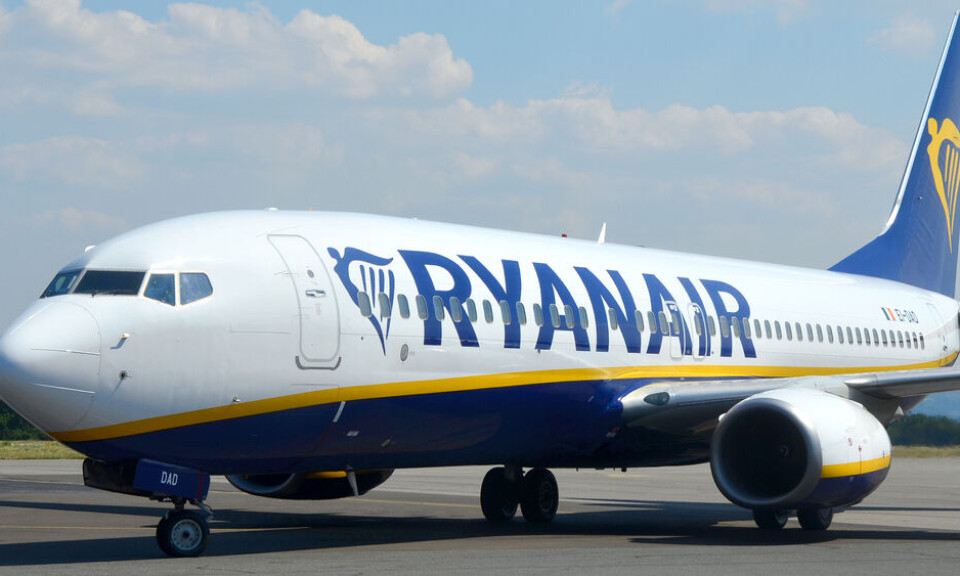What are key ideas of France's election winning (Nouveau) Front Populaire?
The new left-wing alliance takes inspiration from history
The New Popular Front takes its name from the original 1930s alliance
Antonin Albert/Shutterstock
The left-wing Nouveau Front Populaire (NFP) secured a surprise victory in last night's election, winning the largest number of seats in Assemblée nationale.
It means they are now in the prime position to form the next government. However as they do not have an absolute majority of seats, they will need to either rely on a coalition with other parties, or risk ruling as a minority government.
Read more: France in political gridlock: what happens now?
Members have said the group will attempt to enact the alliance's programme, which includes a number of left-wing policies.
Standout policies include commitments to:
Increase the minimum wage to €1,600 net per month
Reinstate the retirement age of 60
Keep certain 'key goods' at a fixed price, including food items and energy
Reinstate the ISF wealth tax, which president Macron abolished in 2018, and replaced with a tax only levied on properties
Increase the number of tax bands to 14, whilst committing not to raise taxes on the lower bands
Strengthen France's 'exit tax' on wealthy people moving or transferring funds outside of the country, to prevent offshore tax leakage
Limit school class sizes to 19
Ensure doctors set up more practices in ‘medical deserts’
Ensure France is carbon neutral by 2050, and immediately start investing in more green energy projects to move away from nuclear power
What is the Nouveau Front Populaire?
The NFP is a tentative left-wing alliance recently formed in response to the sweeping victory of the Rassemblement National in the European parliamentary elections on June 9.
The alliance came about after June's European elections to form an alliance to contest the June 30 and July 7 parliamentary elections.
It has its roots in a historical movement that has a pivotal place in French political history.
The NFP comprises parties including the Socialists, La France Insoumise, the Greens and the Communist Party.
Its name takes inspiration from the original Front Populaire (Popular Front), which shaped several fundamental aspects of modern France.
What was the Front Populaire (Popular Front)?
The Front Populaire was an alliance of left-wing parties in France formed in 1934. It included the French Communist Party, the socialist SFIO (French Section of the Workers’ International - which became the modern-day Socialists) and the Radical-Socialist Republican Party.
The left-wing alliance won the 1936 parliamentary elections, bringing in a government under Prime Minister Leon Blum.
The Front Populaire dissolved in autumn 1938 but not before implementing a raft of key social reforms that would have a much longer-lasting impact on French society.
How did the Popular Front change France?
The Popular Front is credited with introducing many social reforms to France, many of which are among the cornerstone of workers rights to this day. They include:
The right to strike
Collective bargaining
Removal of obstacles to union representation
A 40-hour working week
12 days paid annual leave for workers
Wage increases for workers
Read more: How can Mélenchon become French prime minister and how would it work?
How did it end?
Despite, and in some cases because of, the wide-ranging social reforms, France’s economy remained sluggish and PM Blum was replaced in 1937. The alliance broke down by 1938.
While the movement is fondly remembered by many in France as the alliance that brought in many key social and labour reforms, the Popular Front is also considered as a failure by many historians for its management of France’s stalled economy and its lack of stability.
The Front Populaire was also deemed to have failed on the international scene to act decisively against the rise of Nazi Germany.




























